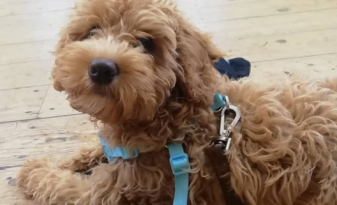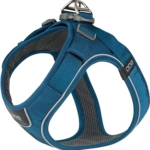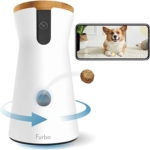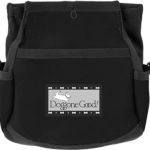5th December 2023

Puppy Training 101
Bringing a new puppy into your home is an exciting and rewarding experience, but it comes with its fair share of challenges. Puppyhood is a crucial time for learning and socialisation, setting the foundation for a well-behaved and happy dog. In this Puppy Training 101 guide, we’ll walk you through essential tips and techniques to help you navigate the early stages of your pup’s development.
1 Start Early, Start Right
The moment your fluffy bundle of joy steps into your home, training begins. Establishing good habits early on is much easier than breaking bad ones later. Introduce your puppy to their new environment gradually, allowing them to explore and become comfortable.
2. The Power of Positive Reinforcement
Positive reinforcement is the cornerstone of effective puppy training. Reward good behaviour with treats, praise, or playtime, creating positive associations that will encourage your pup to repeat these behaviours.
3. Basic Cues- The Building Blocks:
Teach fundamental cues like sit, stay, and come/here. These cues form the basis for further training and ensure your puppy understands what it is that you want them to do.
4. Consistent Routine
Dogs thrive on routine, and puppies are no exception. Establish a consistent schedule for feeding, toilet breaks, and playtime. This predictability helps your pup feel secure and aids in housebreaking.
5. Socialisation is Key – When Done Right
Proper socialisation helps prevent fear and aggression issues, fostering a well-adjusted and confident adult dog.
But socialisation really relates to good experiences your dog has that aren’t overwhelming for them. Of course, this includes (careful) exposure to other dogs but also sounds, objects, other animals, people, shops, car travel etc. Get them to experience all the elements of life around them.
It’s not necessary to meet or greet every other dog or person on a walk but to teach your dog that while they may meet perhaps 1 in 3, its just as important to remain calm and move past others.
6. Patience is a virtue
Remember, puppies are like sponges, absorbing information at a rapid pace. Be patient and consistent in your training efforts and remember to train in small chunks of time (5-6 mins several times a day). Celebrate small victories and understand that setbacks are a natural part of the learning process.
7. Crate Training
Crate training provides a safe and secure space for your puppy. Make the crate a positive place by associating it with treats, toys, and comfort. This not only aids in house training but also creates a retreat for your pup when needed.
8. Redirect, Don’t Punish:
Puppies will inevitably explore and sometimes get into mischief. Instead of scolding, redirect their attention to an appropriate toy or activity. This helps them learn what is acceptable behaviour.
9. Veterinary Care and Health:
Regular veterinary check-ups are essential for your puppy’s well-being. Establish a relationship with a trusted vet and ensure your pup’s vaccinations are up-to-date.
10. Build a Lifelong Bond
Training is not just about obedience; it’s also about building a strong bond with your puppy. Spend quality time together, engage in play, and reinforce your connection through positive interactions.
In conclusion, raising a well-behaved puppy requires a combination of patience, consistency, and positive reinforcement. By investing time and effort into early training, you’re laying the groundwork for a lifelong relationship filled with joy and companionship. Here’s to your journey into puppy parenthood!
OUR RECOMMENDED TRAINING EQUIPMENT:
Front Clip Harnesses
These are great when used with a double ended lead to help prevent pulling.
The double ended lead can be attached to a point on the front chest area and also on the back for extra control when walking.
This means that when your dog pulls, they are very slightly pulled around to one side which encourages the pulling to stop.
Furbo Treat Dispenser & Camera
We use this with our guys to keep a check on them while we are out. They are also great for dogs who suffer from Separation Anxiety.
They have a 360 Degree Camera as well as a treat dispenser, both of which which you can control from your phone.
Treat Pouch
I use this particular pouch as it has magnetic closure for easy access.
It also has room for bags and other items and a belt clip.
Long Lines
Great for teaching recall as they give your dog some freedom but you give you the security that they won’t be able to go too far.
We particularly like those which are waterproof and don’t tend to tangle.’






